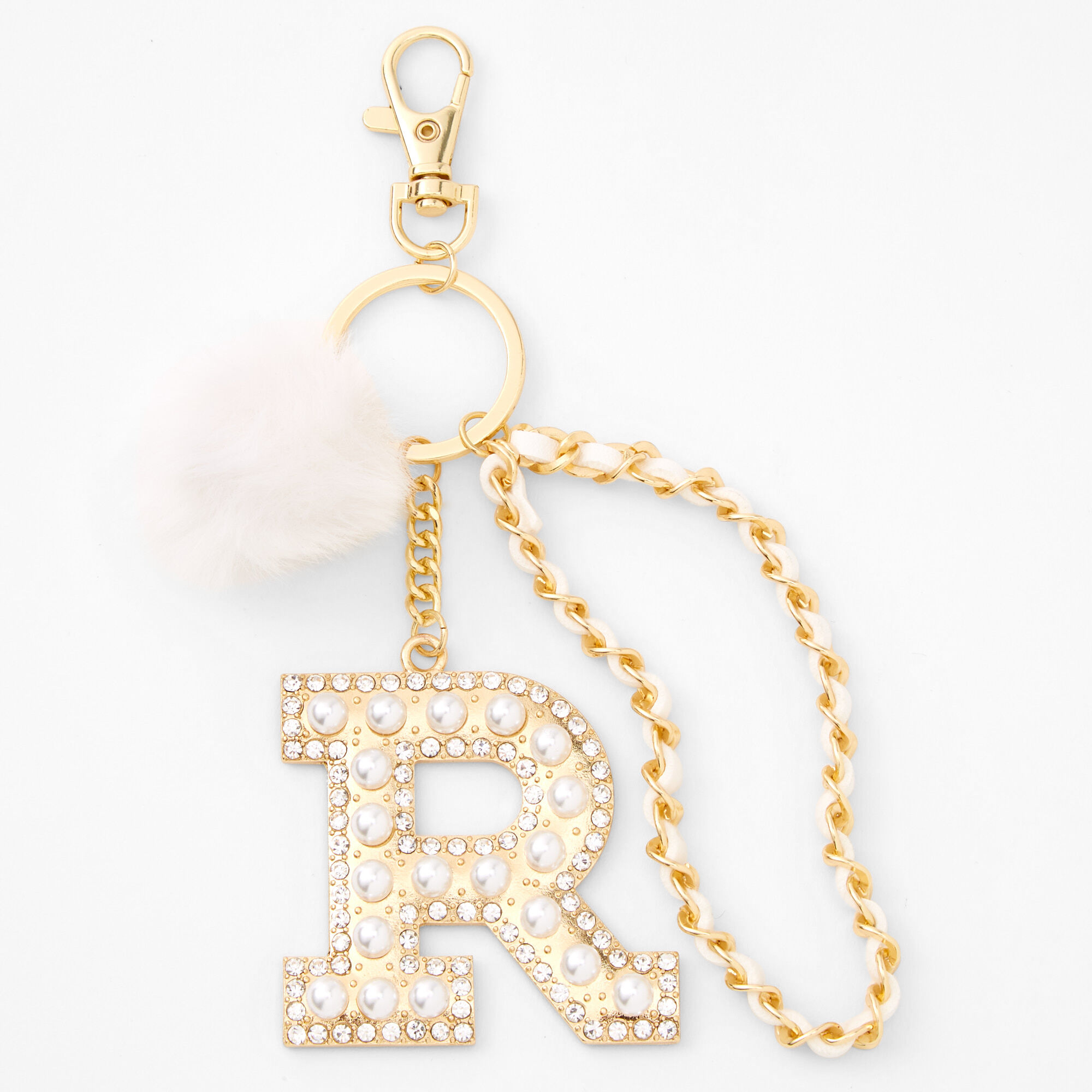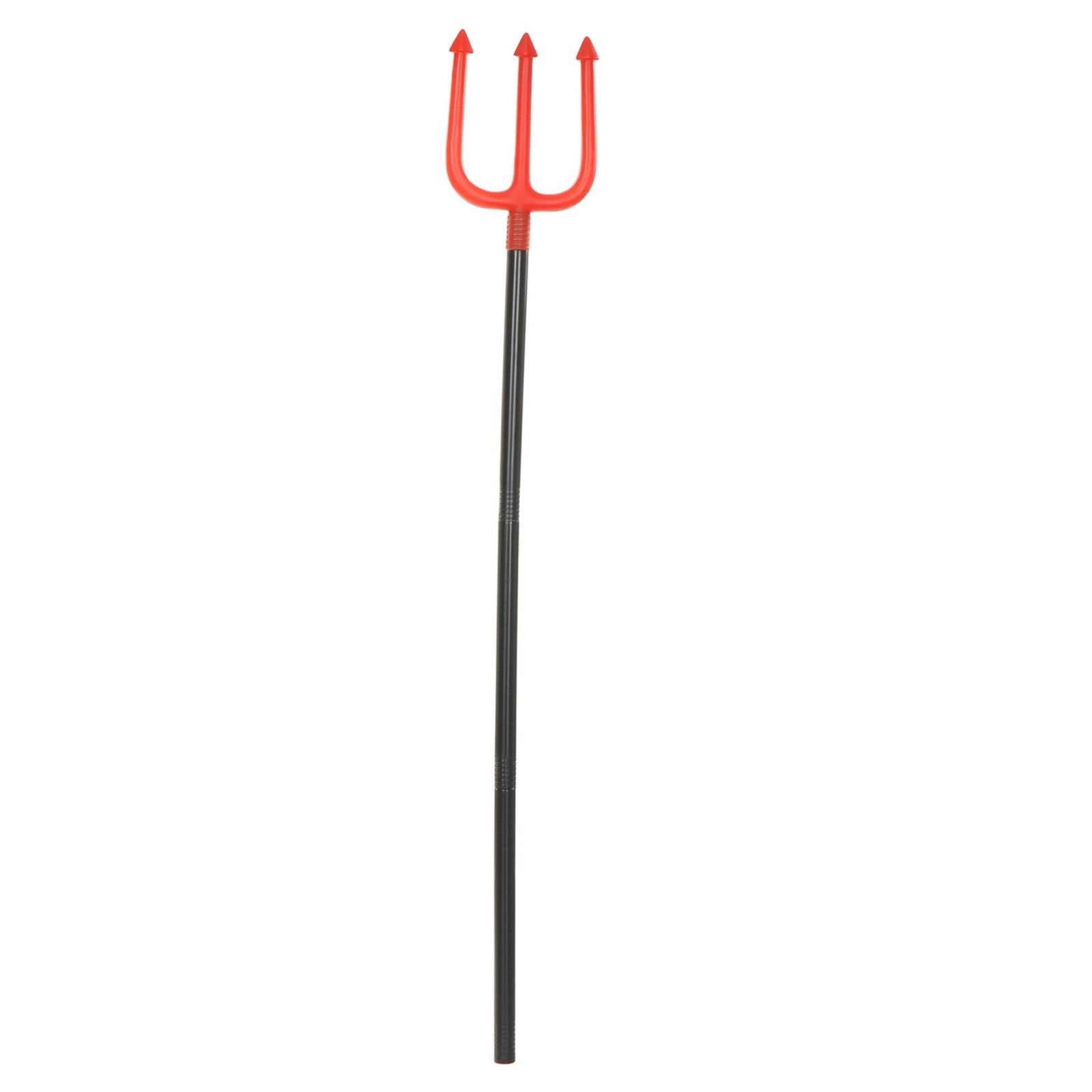

Pitchforks have been around since the Middle Ages.

For most purposes, a wooden, 30-inch shaft with a “D” shaped handle is best. You may be tempted with a lighter-weight aluminum garden fork, which does work for light work, but these tend to bend if you are doing some serious earth-turning.Įxperts recommend a garden fork with flat-faced tines, not round. The head and tines should be made of a single piece of forged, high-carbon steel. If you are shopping for a garden fork, experts say the best ones are forged steel. They are great for adding mulch to garden soil. Garden forks can also help with water problems – both too much and too little. Use the fork, then just pull out the weeds, roots, and all. A garden fork will disentangle the weed’s roots from soil. A garden fork can go around roots instead of cutting through them. The garden fork’s strong, flat, bladed tines can penetrate compacted and rocky soil better than a spade can. Got a big rock in the middle of your new garden area? Yup, garden fork.
#PITCH FORK FULL#
Got soil full of clay? A garden fork will help. They are your go-to tool when starting a new garden bed. They are dirt workhorses – the strongest of forks. Garden forks are used for loosening up heavy soils. Rototilling kills good garden organisms – like bacteria, fungi and nematodes – by exposing them to light. But it’s much better for the soil than mechanical methods, like rototilling.
#PITCH FORK HOW TO#
Here’s a video on how to use a garden fork to loosen garden soil. But sometimes, shovels just can’t penetrate. Shovels are designed to penetrate dirt, scoop it up and move it. When starting a new garden bed, the first tool you need is a garden fork. Most garden forks, from end to end, are a little over 40 inches, including a “D” or “T” handle. They usually have four thick, straight, square, or rectangle-shaped tines. Let’s start with the standard, or traditional, garden fork. Likewise, you won’t use a tool if you are tall and the tool is too short. If a tool is too heavy for you, it won’t be used. Make sure the one you pick feels good in your hands. Go to a hardware or garden store and try some forks on for size. A high-quality garden fork will be your gardening friend for many years. The truth about garden forks is that you should choose the one that best suits your needs regardless of the name. We will be diving into the top four.Įven though there’s a confusing amount of fork types, uses overlap. Looking through references, we found 11 different types of garden fork: digging, ballast, spading, garden (or English), border, ladies, compost, ensilage, manure, potato and broadfork. Experts say that the four must-have gardening tools are shovel, rake, pair of shears and – a garden fork. You may be asking yourself – who gives a fork about gardening forks? Answer – we do! Experts do, too.


 0 kommentar(er)
0 kommentar(er)
